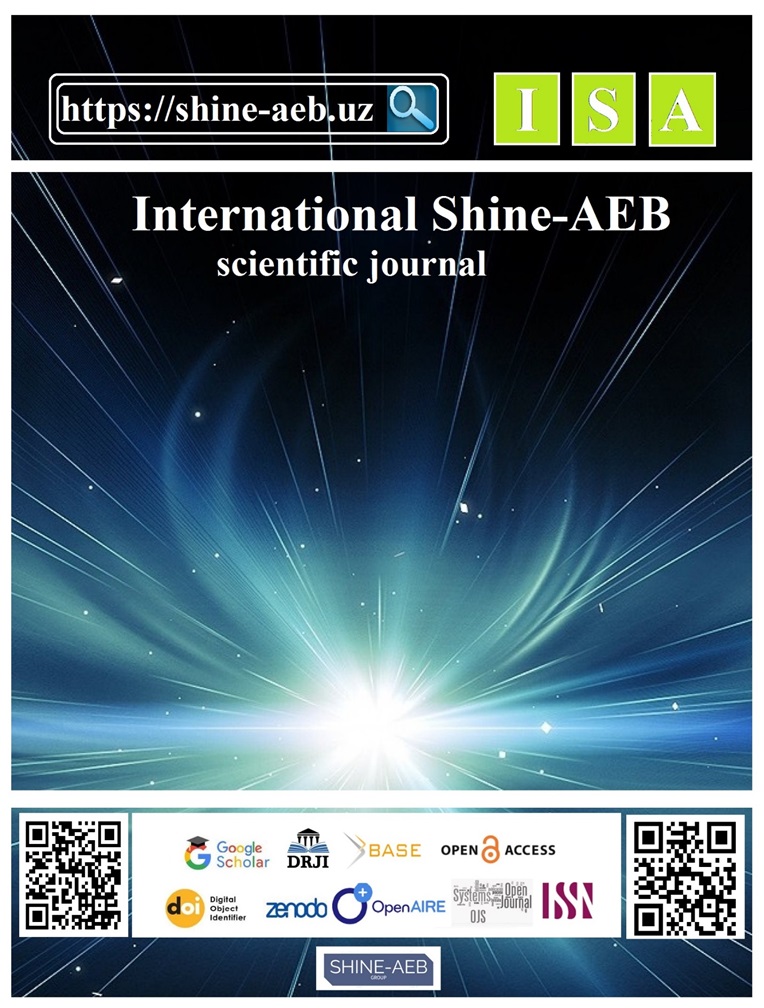4.7 ANTI-DEFLATION AND ANTI-DEFORMATION TECHNOLOGIES FOR STRENGTHENING ROADBED SLOPES
Abstract
This article provides an analysis of the state of work in the deformation of the slopes of the roadbed in sandy soils. And also considered to ensure the stability of the ADAD strengthening of the slopes of the roadbed of railways.
Key words: technology, sand, method, deformation, soil, reinforcement, efficiency, slope, roadbed.
The existing railways in Uzbekistan pass through three main natural and climatic zones - irrigated, desert and mountainous areas. The total length of the railways of Uzbekistan is more than 7.4 thousand km, of which about 80% pass through sandy deserts and semi-deserts [1,2,5], including through shifting sands. Failure, a threat to the safety of train traffic in these areas will lead to disruptions in the operation of the entire railway network. After the construction of the railways, as a result of the destruction of overgrown sands, shifting sands began to appear along the railway lines and near stations.
Shifting and partially overgrown sands in Uzbekistan occupy an area of over 13 million hectares. Significant areas of Uzbekistan adjacent to desert zones have historically been under threat from shifting sands (the Amu Darya delta, part of the Kyzylkum desert, Alat, Karakul, Jandar, Kagan, Rometan, Karaul-Bazar districts of the Bukhara region bordering the Sundukli sands; Mubarek, Bahoristan, Nishan and other districts of the Kashkadarya region; lands of the Jizzakh region bordering the Kyzylkum desert and the Surkhandarya region [3,5,7,9].
Published
How to Cite
Issue
Section
License
Copyright (c) 2025 International Shine-AEB Scientific Journal

This work is licensed under a Creative Commons Attribution-NonCommercial-NoDerivatives 4.0 International License.








